Architectural sketching is a powerful tool that allows designers to communicate and explore their ideas. By putting pen to paper, architects can quickly capture their thoughts, experiment with forms, and refine their concepts. In this post, we will delve into various sketching techniques that can enhance your architectural concept design process and help bring your ideas to life.

Freehand Sketching
Freehand sketching is the backbone of architectural concept design. It involves sketching without the aid of rulers or precise measurements, enabling you to explore ideas freely.
It enables architects to swiftly capture their ideas, allowing for a direct and intuitive translation from thought to paper. With each stroke of the pencil or pen, architects can convey the essence of their vision. Then, capturing the play of light and shadow, the rhythm of forms, and the spatial relationships that define a building. Moreover, freehand sketching grants architects the freedom to experiment, iterate, and refine their designs, fostering a deeper understanding of the built environment. Through the fluidity and immediacy of this process, architects engage in a tactile dialogue with their creations. Which unlock new possibilities and unveil unforeseen design solutions. Ultimately, freehand sketching empowers architects to imbue their designs with a unique sense of creativity, craftsmanship, and personal expression.

Thumbnail Sketches / Storytelling
Thumbnail sketches are quick, small-scale drawings that serve as a preliminary exploration of ideas in architecture. These sketches are often executed rapidly and with minimal detail, allowing architects to generate a multitude of design options and concepts in a short amount of time. They serve as a visual brainstorming tool, helping architects to visualize spatial relationships, experiment with different massing and proportions, and explore various design gestures.
Storytelling through sketches in architecture is a captivating way to convey narratives, emotions, and experiences associated with a design. By using sketches as a medium, architects can immerse viewers in the intended atmosphere and user journey. Through composition, perspective, and the inclusion of human figures, sketches bring designs to life, depicting how people interact with and move through the space. Ultimately, sketching as a storytelling tool enables architects to forge personal connections, evoke emotions, and communicate the essence of their designs in a compelling and relatable manner.

Sketching techniques for architectural concept design
Orthographic Sketching
Orthographic sketching is a fundamental technique used in architecture to create detailed and accurate representations of buildings or architectural elements. It involves the creation of two-dimensional drawings that depict a structure or object from multiple views. For example, this typically include front, side, and top views. These views, also known as elevations and plan views, provide a comprehensive and objective representation of the design.
It requires precision and attention to detail, as it aims to communicate the spatial relationships, proportions, and dimensions of the architecture. Scale is an essential consideration in orthographic sketching. This ensure that the proportions of the drawing accurately reflect those of the actual building.

Exploded Axonometric Sketches
Exploded axonometric sketching helps to easily explain composition of a building or architectural element in a clear and informative manner. It involves the representation of individual components or layers of a design as if they were disassembled and floating apart. However, it still maintains the overall spatial relationship and proportions.
In an exploded axonometric sketch, the various parts or elements of the architecture are shown separated and spread out, allowing viewers to understand how they fit together and interact. This technique is particularly effective in illustrating complex or intricate designs, as it breaks down the composition into discrete components for better comprehension.

Concept Diagrams
Concept diagrams in architecture are representations that distill and communicate the core ideas, principles, and intentions behind a design concept. They serve as graphical tools to articulate and explore the underlying concepts and narratives that drive the architectural design process.
Concept diagrams are often simplified and abstracted representations. Which use various visual elements such as symbols, shapes, arrows, and text to convey key relationships, connections, and spatial arrangements. These diagrams aim to visually communicate the design concept’s essence, highlighting the main ideas, organizational strategies, and design strategies employed. Architects use concept diagrams to establish a conceptual framework for the design, guiding subsequent design decisions and ensuring coherence throughout the project.

Perspective Sketching
Perspective sketching is a technique used to create representations of architectural designs that accurately depict how they would appear to the human eye. It involves drawing in a way that captures depth, scale, and spatial relationships. Giving viewers a realistic sense of the proposed building or space, as if they were standing or moving within it.
This helps architects visualize and communicate their design ideas, providing clients and stakeholders with a more immersive understanding of the proposed space as it brings designs to life. If you want to know more, check out these one-point, two-point, and three-point perspective drawing posts.

Sketching techniques for architectural concept design
Mixed Media Sketching
Mixed media sketching in architecture involves the use of various art materials and techniques beyond traditional drawing tools. For instance, watercolor, markers, collage, digital tools, and more to create dynamic and expressive sketches that enhance the visual impact of their designs.
Digital tools and software allow architects to combine traditional sketching techniques with digital rendering. In fact, this enable them to experiment with lighting, materials, and digital effects. This fusion of traditional and digital media offers greater flexibility and possibilities for visual exploration and communication.
Mixed media sketching serves as a powerful communication tool, enhancing the ability to convey ideas to clients, stakeholders, and collaborators. It can effectively capture the intended mood and showcase design intentions in a visually engaging and accessible manner.

In Conclusion,
Mastering various sketching techniques empowers architects to explore, communicate, and refine their architectural concept designs. Freehand sketches, thumbnail sketches, orthographic and perspective drawings, exploded axonometrics, concept diagrams, and mixed media techniques all contribute to a holistic design process. By honing these skills, architects can bring their ideas to life on paper and create captivating and visionary built environments. So grab your sketchbook, let your creativity flow, and unlock the true potential of your architectural concept designs.
Naturally, you can ask me anything you are wondering on Instagram and check it for more drawings. For more Art & Architecture content, check out my other free resources here. And if you are interest in behind-the-scenes projects and advice about your own project, you can find me on Patreon!
Sketching techniques for architectural concept design


